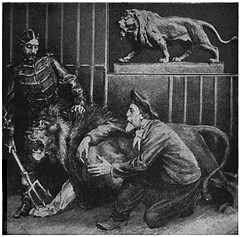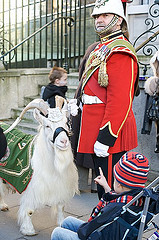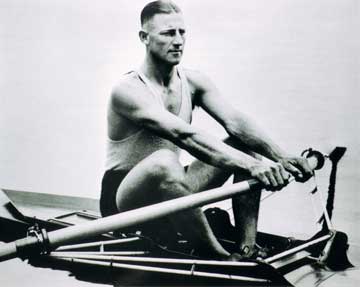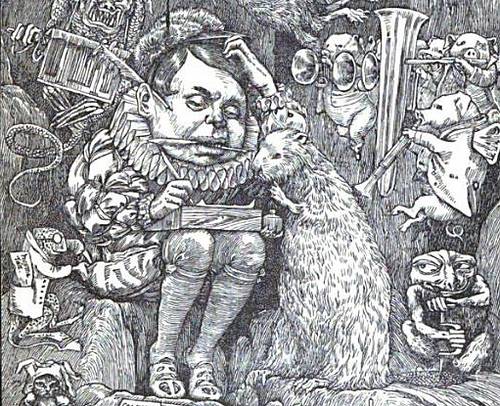
French sculptor Louis Vidal was blind since youth, but he produced startlingly faithful renderings of animals: a bull, a wounded stag, a horse, a cow, a dog.
With domestic creatures he could do this by feeling their anatomy directly, or by referring to skeletons or to stuffed specimens. But how did he create The Roaring Lion, the masterpiece first shown at the Salon in 1868?
Legend has it that he did it the hard way: by running his hands over a live lion at the Jardin des Plantes.
“Convinced he would not succeed without having recourse to the living ‘king of beasts,'” reported The English Illustrated Magazine in 1900, “he entered the cage without the least hesitation, accompanied by the lion-tamer. The animal allowed itself to be caressed for some time, and Vidal was thus enabled to study its anatomy. As a result, he produced that most wonderful example of his art, ‘The Roaring Lion.'”
If that’s just a story … then how did he manage it?




